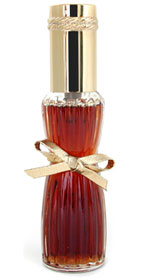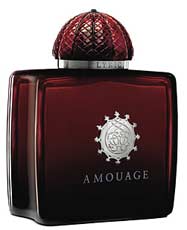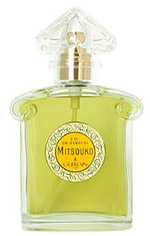Youth Dew by Estée Lauder was released in 1953 as a bath fragrance and for years, it was the fragrance that women reached for much like Light Blue by Dolce & Gabanna is reached for today. Youth Dew’s popularity might be waning with the ages, but it remains a relevant piece of fragrance history. 
In Bottle: A citrus scent with a kick of something heady and dark underneath. Youth Dew has this shadowy undercurrent that’s very endearing to it for me but it’s also this shadowy undercurrent that a lot of people would say this smells like grandma or some other silliness like that.
Applied: Initial blast of citrus and aldehydes receding into a spicy, mature floral scent that echoes that darkness in the juice. Like with most aldehyde-based scents for me, they never really go away and end up lingering throughout the fragrance. The florals hover around the animalic and dirty. A lot of modern fragrance wearers find this offensive because perfumistas refer to this “animalic and dirty” note as “indolic”. Indole being found in either jasmine or clove and in Youth Dew’s case, probably the clove. Maybe even both! The gloves are off on this one. The spice and florals do little to temper the indole in Youth Dew but if you let it stay on long enough and focus, a strange thing happens–it becomes easier to understand. Youth Dew isn’t “smelly grandma”, it’s a complex, daring fragrance that you aren’t going to get with your Light Blues or your Circus Fantasies. If you really wanted sexy, this is probably the stuff. It smells like what it is and you can accept it or get out as far as Youth Dew is concerned. Anyway, after the mid-stage that indole note hangs around for a bit into the dry down that, to me, smells mostly of patchouli trying desperately to clean up the mid-act.
Extra: Youth Dew is a strong fragrance. It comes on strong and leaves a strong impression and it’s gotten something of a bad rap over the years. People call it, “granny juice”, “hell juice”, “smells like corpse” and a multitude of other things. But Youth Dew is a piece of history, whether these people like it or not. But please, Youth Dew lovers, go easy on the trigger.
Design: Youth Dew is bottled in a ribbed glass affair with a bow tying it in the middle where the bottle gets a little thinner. It’s topped with a golden metal cap that has some detailing near the top. I can see its concept borrows from the figure of a woman and appreciate its subtle homage more than Gaultier’s bottles which are often more literal. In general, a simple design but an effective and memorable one.
Fragrance Family: Oriental
Notes: Aldehydes, orange, peach, bergamot, cinnamon, cassia, orchid, jasmine, clove, ylang-ylang, rose, tolu balsam, peru balsam, amber, patchouli, musk, vanilla, oakmoss, vetiver, incense.
I’ll come clean, I don’t like the smell of Youth Dew. But I don’t hate it either. It’s not a fragrance I can really see myself wearing because I can’t get past the indole in this stuff but it is a classic through and through and if nothing else, you gotta give credit to this classic.
Reviewed in This Post: Youth Dew, 2000, Eau de Parfum.





